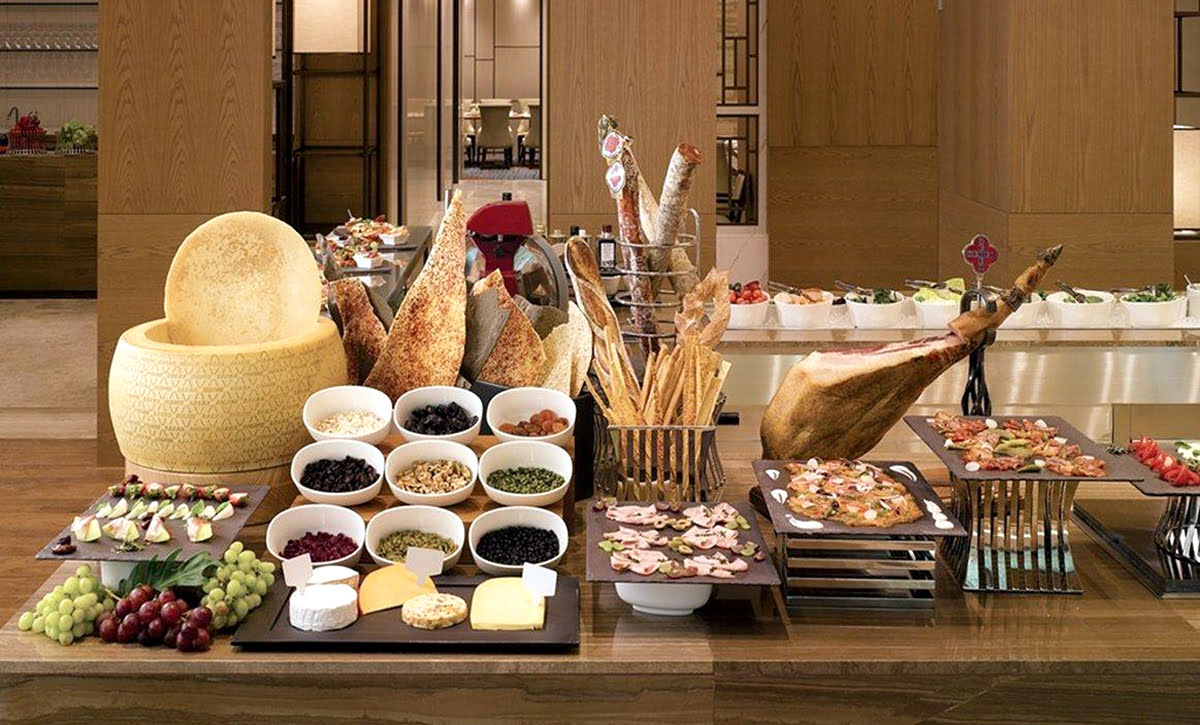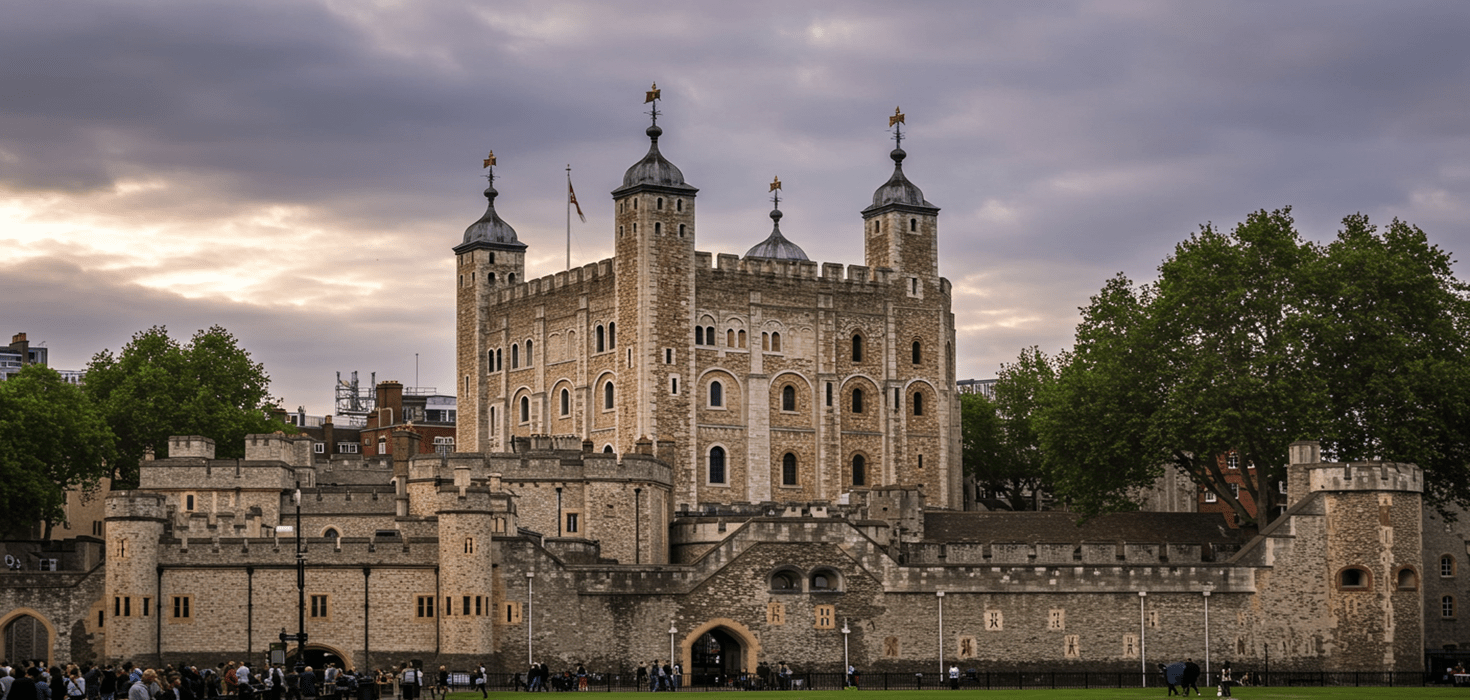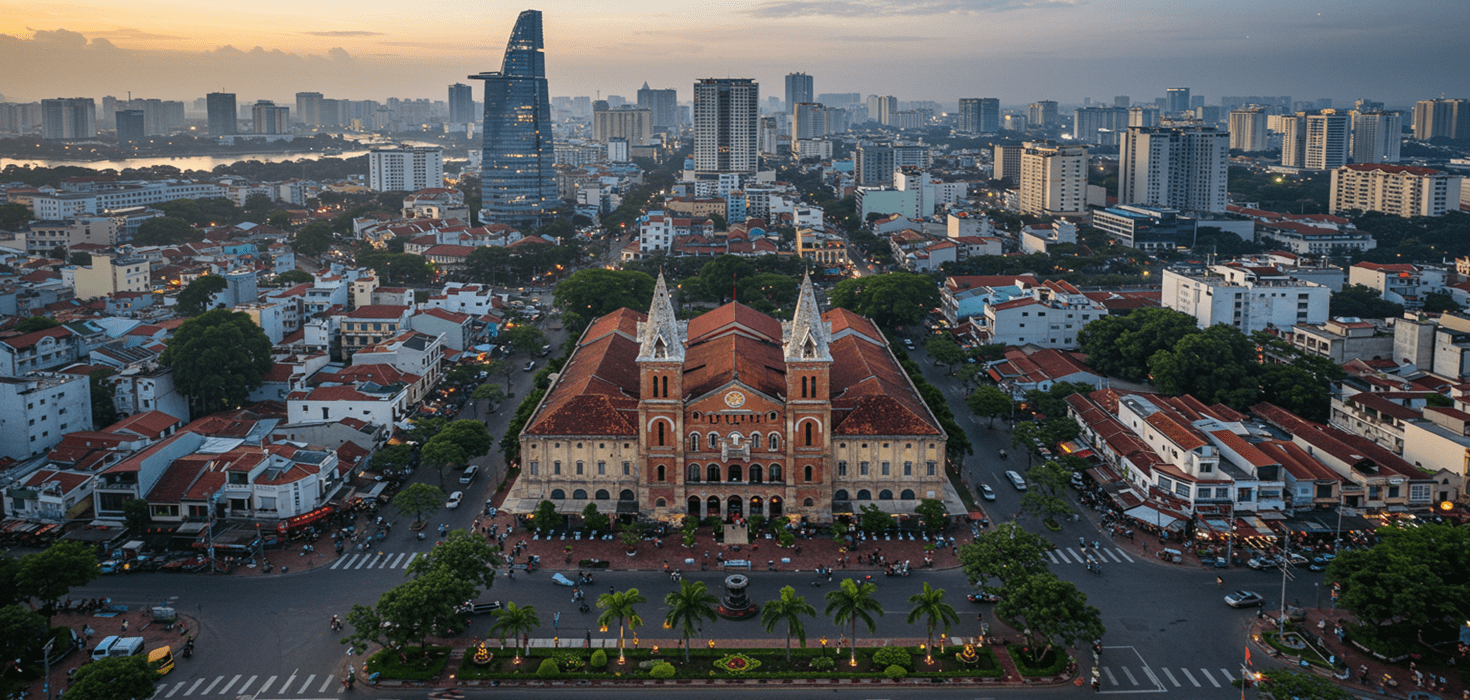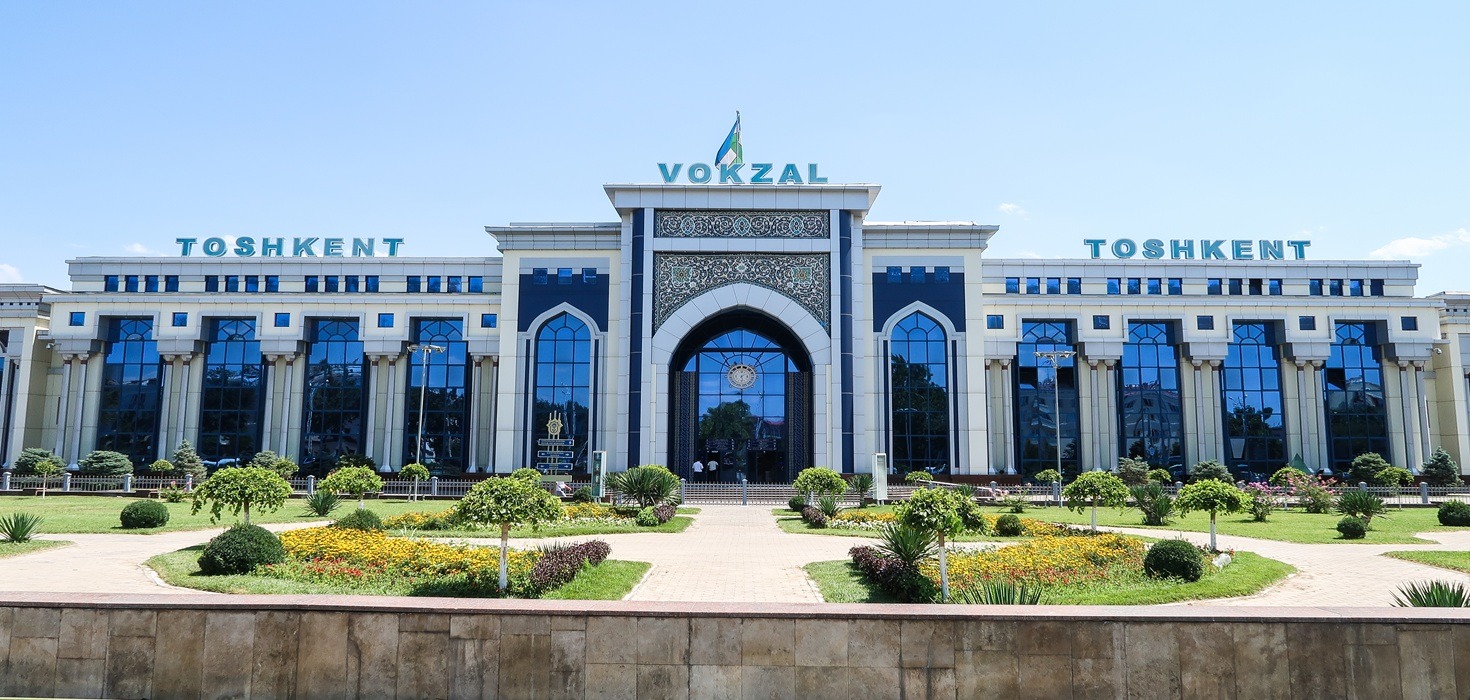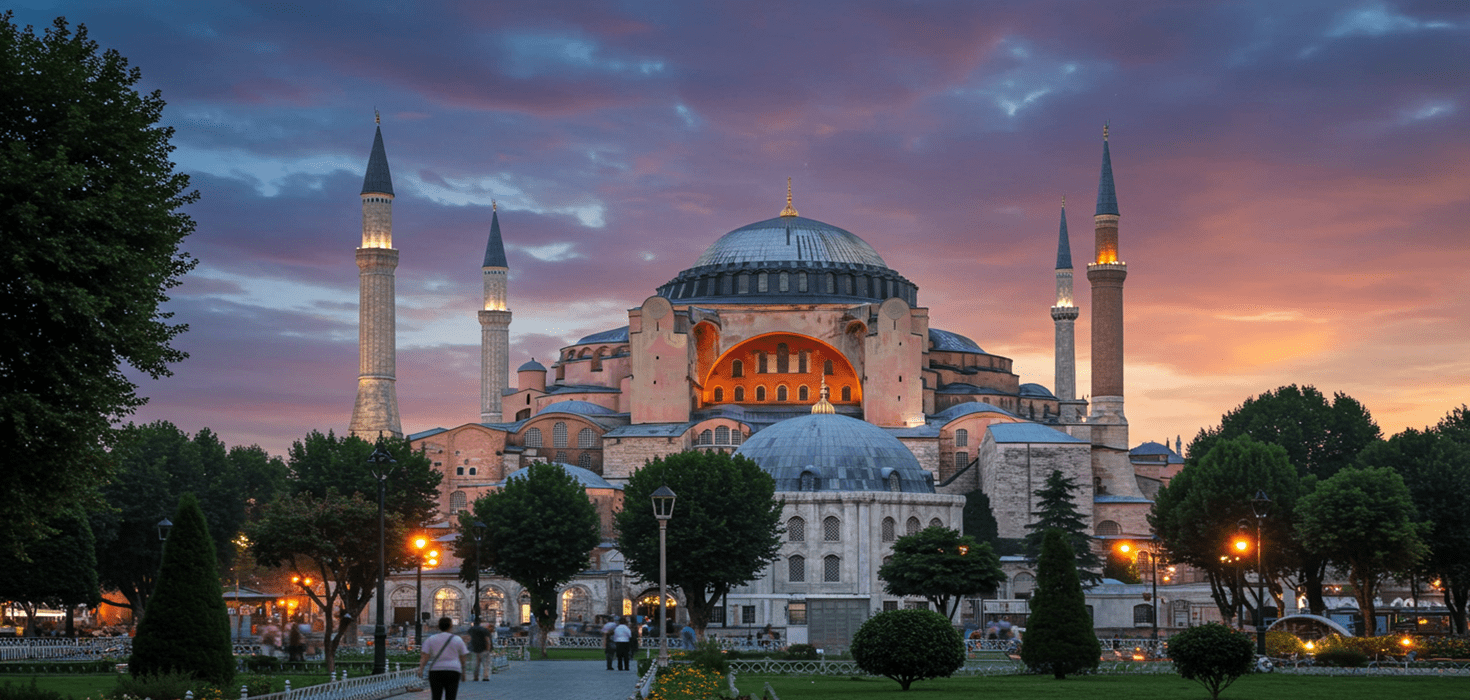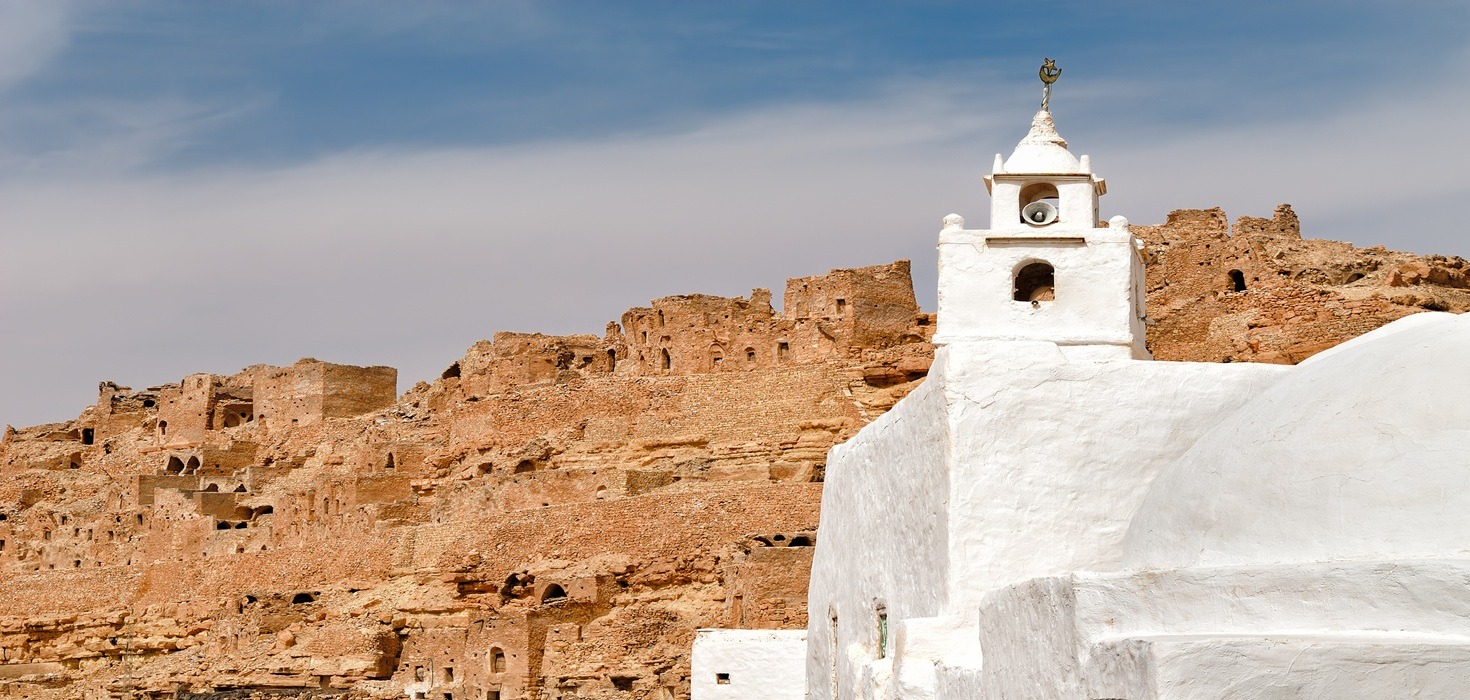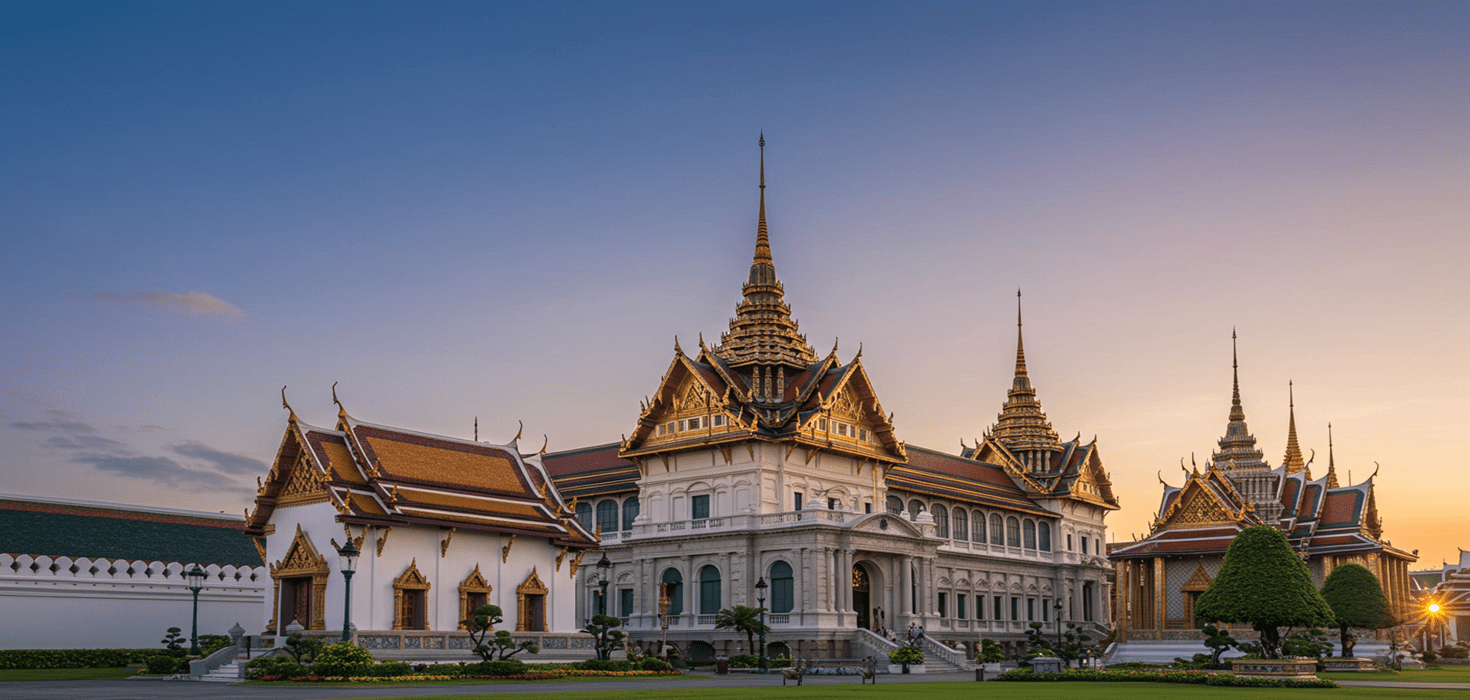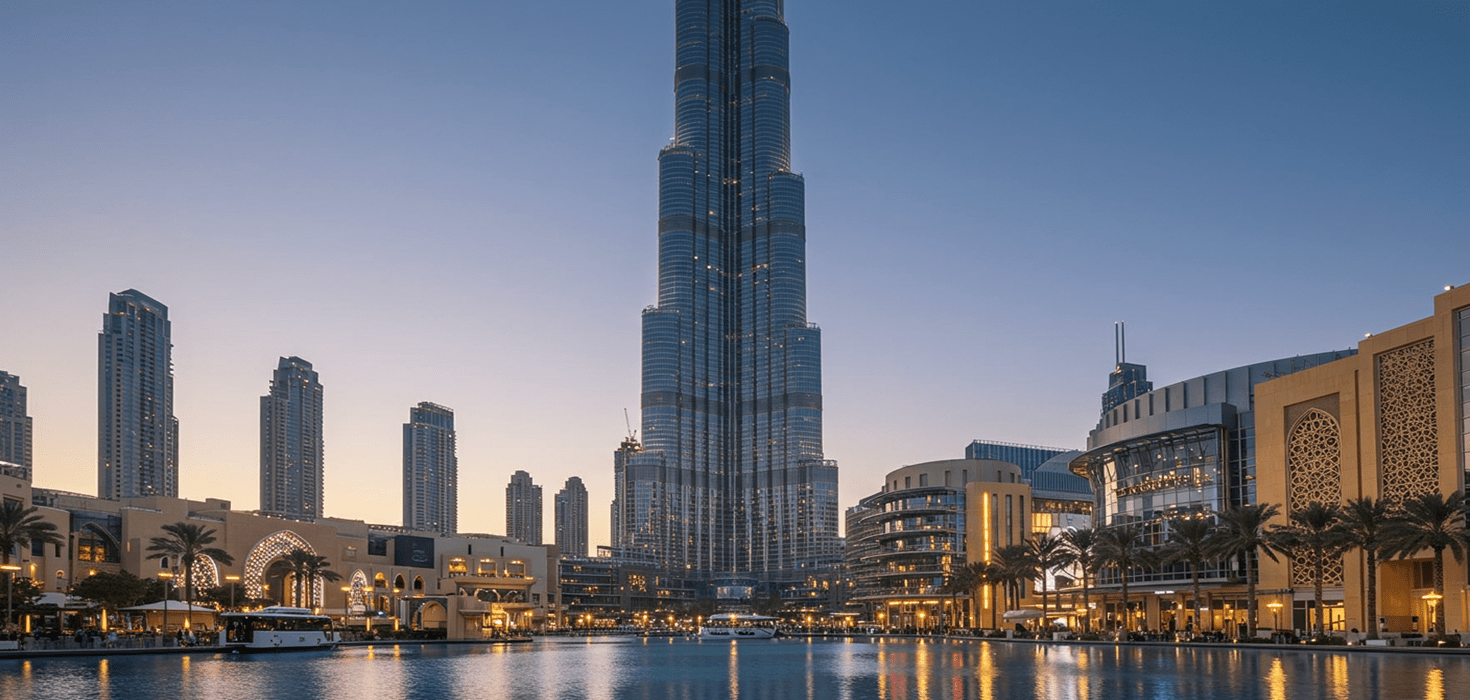Palace Hopping in Seoul: A Seasonal Guide to the Best Festivals and Events at the City’s Royal Residences
Seoul, a city where the past and present dance together, is home to a collection of stunning palaces that tell the story of Korea’s royal heritage. These majestic structures are not just architectural marvels; they are gateways to understanding the rich history and culture of the nation. Palace hopping in Seoul is more than a sightseeing activity; it’s an immersive experience that brings you closer to the heart of Korean traditions and royal splendor.
As you wander through the sprawling grounds of each palace, you’ll discover that each season brings its own unique charm and a host of vibrant festivals and events. From cherry blossoms in spring to festive markets in winter, there’s always something happening at these royal residences. So grab your walking shoes and let’s explore the enchanting world of Seoul’s palaces!
Discovering Seoul’s Majestic Palaces: A Cultural Overview
Seoul boasts five primary palaces, each with its own distinct character and historical significance. Let’s take a closer look at these royal gems:
Gyeongbokgung Palace
The grandest of them all, Gyeongbokgung Palace, is a must-visit. Built in 1395, it served as the main royal palace during the Joseon Dynasty. The intricate architecture, with its vibrant colors and sweeping roofs, is a feast for the eyes. Don’t miss the changing of the guard ceremony, which takes place at the main gate, Gwanghwamun, every hour. Fun fact: Gyeongbokgung translates to “Palace of Shining Happiness,” which perfectly captures its majestic allure!
Changdeokgung Palace
Next up is Changdeokgung Palace, a UNESCO World Heritage site known for its beautiful Secret Garden. This palace blends harmoniously with nature, offering a serene escape from the city’s hustle. The garden is particularly stunning in spring and autumn, making it a popular spot for seasonal festivals. Did you know that this palace was favored by many Joseon kings? It’s a true testament to the beauty of royal architecture in Seoul.
Deoksugung Palace
Deoksugung Palace is unique for its mix of traditional Korean and Western-style buildings. The palace grounds are perfect for a leisurely stroll, especially when the cherry blossoms are in bloom. The palace is also home to the National Museum of Modern and Contemporary Art, making it a cultural hotspot. Be sure to catch the changing of the guard ceremony here, too—it’s a colorful spectacle!
Changgyeonggung Palace
Once a retreat for the royal family, Changgyeonggung Palace is now a peaceful park-like setting that invites visitors to explore its tranquil gardens and ponds. It’s less crowded than the other palaces, allowing for a more intimate experience. The palace is particularly enchanting during the autumn months when the foliage transforms into a tapestry of colors.
Gyeonghuigung Palace
Finally, there’s Gyeonghuigung Palace, a hidden gem that often gets overlooked. This palace served as a secondary royal residence and is smaller than the others, but it’s rich in history. The peaceful atmosphere and beautiful surroundings make it a great spot for a quiet afternoon. Keep an eye out for the various cultural events held here throughout the year!
Exploring these historical sites in Seoul is like stepping back in time. Each palace has its own unique stories and architectural features, making palace hopping an unforgettable experience.
Seasonal Splendor: Festivals and Events Throughout the Year
What makes visiting the palaces even more exciting is the array of seasonal festivals and events that take place throughout the year. Each season brings its own celebrations, enriching your palace hopping experience. Here’s a glimpse of what you can expect:
In spring, the blooming cherry blossoms create a stunning backdrop for traditional performances and cultural events. Summer nights are filled with vibrant night markets and cultural games, while autumn showcases harvest festivals that celebrate Korean traditions. Winter transforms the palaces into a magical wonderland with festive markets and seasonal performances that capture the holiday spirit.
Whether you’re interested in Seoul seasonal festivals, palace events in Korea, or simply soaking in the beauty of the royal residences, there’s something for everyone throughout the year. So, grab your calendar and get ready to mark those dates!
Spring Awakening: Cherry Blossoms and Cultural Performances
Spring in Seoul is nothing short of magical, especially when the cherry blossoms burst into bloom. The palaces become a canvas of pastel pinks and whites, creating an idyllic setting for cultural festivities. One of the highlights is the Seoul Palace Festivals, where visitors can enjoy traditional performances, including music, dance, and even reenactments of royal ceremonies.
At Gyeongbokgung Palace, the cherry blossom festival usually kicks off around early April, attracting locals and tourists alike. You can stroll through the palace grounds while enjoying live performances and delicious street food from nearby vendors. Don’t miss the chance to capture stunning photos against the backdrop of the palace’s stunning architecture!
Meanwhile, Changdeokgung Palace hosts its own cherry blossom festivities, often featuring guided tours through its Secret Garden. This serene oasis is particularly breathtaking during this season. Keep an eye out for specific dates and programs, as they can vary each year. Mark your calendars for a spring visit—you won’t regret it!
Summer Nights: Exciting Events and Evening Tours
As the weather heats up, Seoul’s palaces transform into lively hubs of activity. Summer nights are perfect for exploring the palaces under the stars. Many palaces, including Deoksugung Palace, offer special night tours that allow visitors to experience the beauty of the grounds illuminated by soft lights. Imagine wandering through the gardens, sipping on refreshing drinks from local vendors, while enjoying the cool evening breeze.
Summer is also the time for vibrant night markets near the palaces. These bustling markets are filled with mouthwatering street food, unique souvenirs, and cultural performances. Try some hotteok (sweet pancakes) or tteokbokki (spicy rice cakes) while soaking in the festive atmosphere. Don’t forget to check out the cultural games often held in the palace courtyards, where you can join in and have some fun!
Autumn Harvest: Celebrating Tradition and Nature
As the leaves turn golden and crimson, autumn brings a whole new charm to Seoul’s palaces. This season is celebrated with harvest festivals that highlight Korea’s rich cultural heritage. At Changgyeonggung Palace, visitors can participate in traditional activities such as making songpyeon (rice cakes) and experiencing folk games that have been passed down through generations.
The beauty of the fall foliage makes it an ideal time for leisurely strolls through the palace gardens. The vibrant colors create a stunning backdrop for photography. Many palaces also host seasonal events that include traditional music and dance performances, showcasing the best of Korean culture. Make sure to check the local event calendar for specific dates and activities!
Winter Wonderland: Festive Markets and Cultural Celebrations
Winter in Seoul is a time of enchantment, with palaces adorned in festive decorations and twinkling lights. Deoksugung Palace hosts a magical winter festival featuring a holiday market where you can find unique gifts and delicious seasonal treats. Warm up with a cup of omija tea (five-flavor berry tea) while browsing through handmade crafts and local delicacies.
Don’t miss the chance to enjoy cultural performances that celebrate the spirit of the season. From traditional dance to modern interpretations, these events are sure to warm your heart. If you’re lucky, you might even catch a glimpse of the palaces draped in a blanket of snow—a truly breathtaking sight!
Culinary Delights: Food and Drink Experiences Near the Palaces
No visit to Seoul’s palaces would be complete without indulging in the local culinary scene. Around the palace grounds, you’ll find a plethora of eateries offering authentic Korean cuisine. From traditional dishes like bibimbap to street food staples, there’s something to satisfy every palate.
Don’t forget to try gimbap (Korean sushi rolls) or mandu (dumplings) from the local stalls. For a sweet treat, grab some bungeoppang (fish-shaped pastry filled with sweet red bean paste) as you stroll through the gardens. The combination of delicious food and stunning palace views makes for a perfect day out!
Practical Travel Tips for Palace Hoppers
Visiting the palaces is an exciting adventure, but a little preparation goes a long way. Here are some handy tips to enhance your experience:
- Opening Hours: Most palaces open around 9 AM and close by 6 PM, but check specific hours as they can vary by season.
- Admission Fees: Entrance fees are generally affordable, and some palaces offer free admission on designated days.
- Transportation: Use Seoul’s efficient subway system to reach the palaces easily. Stations are conveniently located near each palace.
- Accessibility: Many palaces are wheelchair accessible, but it’s a good idea to check in advance if you have specific needs.
Families will find plenty of amenities, including stroller rentals and kid-friendly activities during festivals. So pack your bags and get ready for a delightful day of exploring!
Unique Experiences: Interactive Activities and Workshops
For those looking to immerse themselves in Korean culture, many palaces offer interactive experiences during festivals. Try your hand at traditional craft-making, such as hanbok (traditional dress) wearing sessions or pottery workshops. These activities provide a fun way to learn about Korean traditions while creating your own souvenirs.
Cooking classes are also popular, where you can learn to prepare classic dishes under the guidance of skilled chefs. Participating in these experiences not only enriches your visit but also allows you to take a piece of Korea home with you.
Shopping Near the Palaces: Souvenirs and Local Crafts
After exploring the palaces, don’t miss the chance to shop for unique souvenirs. The areas surrounding the palaces are filled with charming shops and markets selling everything from traditional crafts to modern trinkets. Look for handmade items like hanji (traditional Korean paper) crafts or celadon pottery to take home a piece of Korea’s rich heritage.
Local markets often feature seasonal festivals where you can find limited-edition items and unique gifts. Be sure to haggle a little; it’s part of the fun! Shopping around the palaces not only gives you a chance to find something special but also supports local artisans.
Transportation Tips for Exploring Seoul’s Royal Residences
Getting to Seoul’s palaces is a breeze thanks to the city’s well-connected public transportation system. The subway is the most convenient option, with lines that take you directly to the palace entrances. Here are some tips to make your travels smoother:
- Subway Lines: Most palaces are accessible via Line 3 (the Orange Line) and Line 5 (the Purple Line).
- Bus Services: Several bus routes also connect to the palaces, offering a scenic ride through the city.
- Timing: To avoid crowds, visit early in the morning or during weekdays.
With these tips in hand, you’ll be ready to explore the royal residences with ease!
Safety and Health Guidelines for Travelers
Your safety is paramount while enjoying the vibrant atmosphere of Seoul’s palaces. Here are some guidelines to keep in mind:
- Health Protocols: Follow any local health guidelines, including mask-wearing in crowded areas.
- Emergency Services: Familiarize yourself with local emergency contacts and health facilities in case of any needs.
Stay hydrated and take breaks as needed—exploring can be quite the adventure!
Frequently Asked Questions (FAQs)
Curious about palace hopping? Here are some common questions answered:
- What is the best time to visit the palaces? Each season offers unique experiences, but spring and autumn are particularly stunning for festivals.
- Are the palaces accessible for families with strollers? Yes, most palaces have facilities to accommodate families.
- Can I take photos inside the palaces? Yes, photography is allowed, but be mindful of the rules in certain areas.
Fun Facts About Seoul’s Royal Residences
Did you know? Here are some fun tidbits about Seoul’s palaces:
- Gyeongbokgung Palace has a secret passage that was used by the royal family during emergencies!
- Changdeokgung Palace is famous for its unique architectural style, which blends harmoniously with nature.
- The changing of the guard ceremony at Gyeongbokgung is a colorful spectacle that dates back to the Joseon Dynasty.
Seasonal Travel Insights: Best Times to Visit
When planning your visit, consider the seasonal events at the palaces. Spring and autumn are ideal for festivals, while summer nights offer a unique charm. Winter brings holiday magic, making each season a delightful time to explore. Check local calendars for specific events to make the most of your visit!

